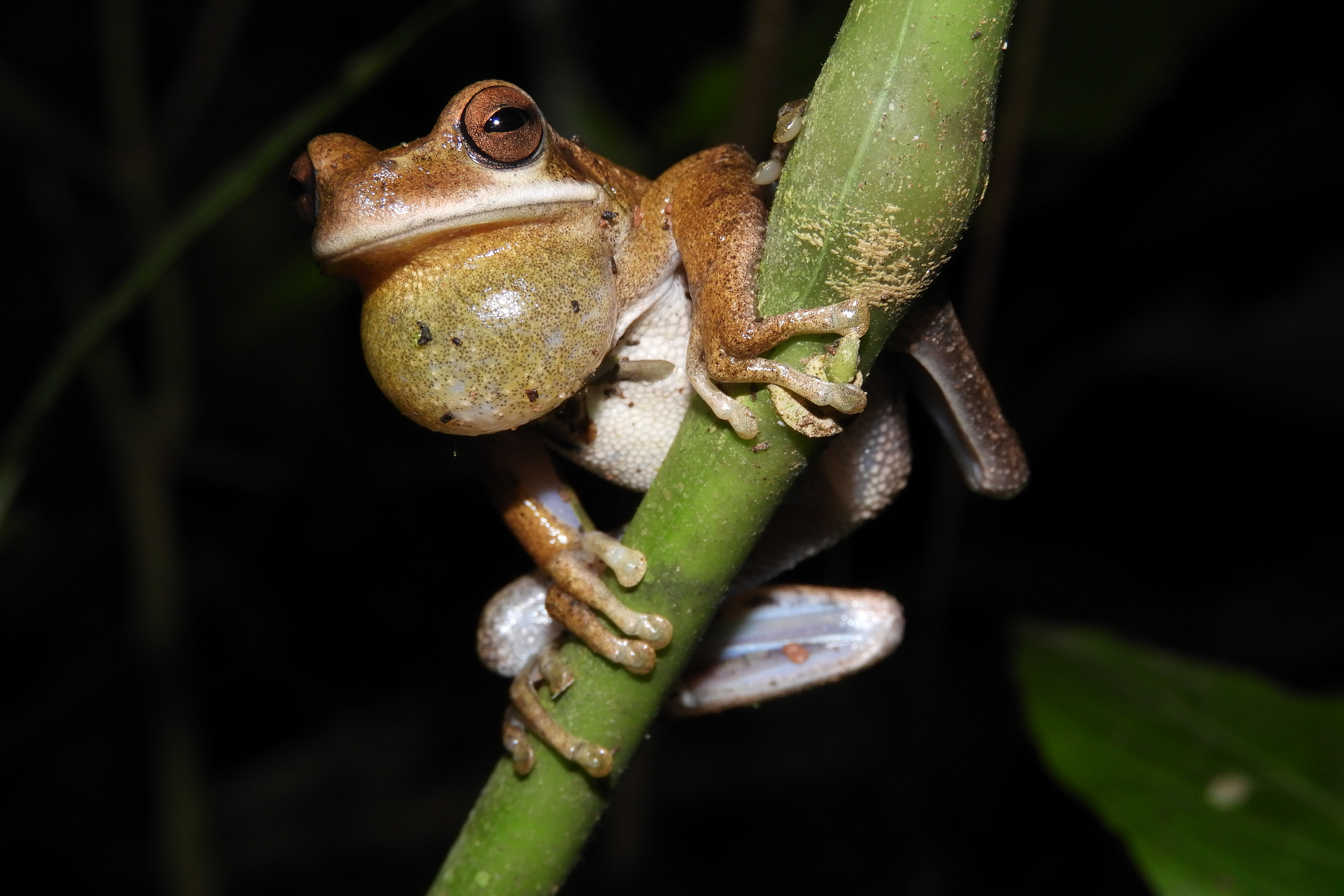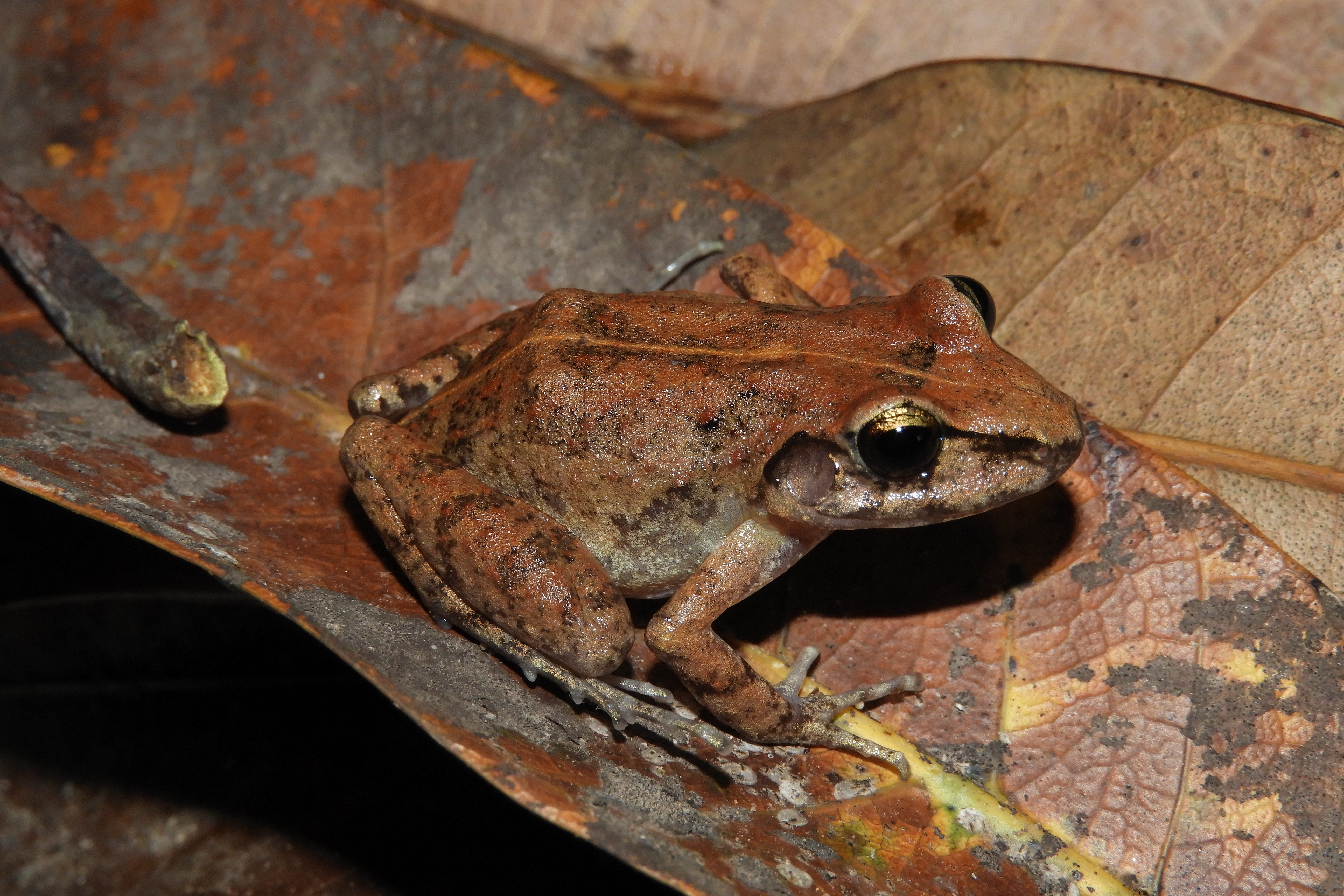AH News: A new classification for breeding strategies in Anurans
Advertisement calls are the main communication means used by Anurans during the mating season. It is well established that male calls convey information about the fitness, quality and general condition of the emitter, and that receptive females assess and evaluate the signals to choose their mating partner. In addition, male calls are highly species-specific and carry fundamental taxonomic information: therefore, they are often used to monitor the presence and abundance of Anuran species in field surveys.
In spite of the recognized ecological importance of Anuran calls, complete studies of the acoustic breeding phenology over extended periods of time are lacking. A recent paper, that will be published in the next issue of Acta Herpetologica, made use of PAM (Passive Acoustic Monitoring) automatic recordings to investigate the calling activity of a complex assemblage of Anuran species in the Parque Nacional Calilegua (Yungas ecoregion, Argentina), for a whole year (from September 2017 to August 2018).
Calling activity was recorded for 3 minutes every hour, in 3 different sites along an altitudinal gradient, in order to assess the daily and annual pattern of activity of the assemblage of frogs inhabiting the region, their breeding acoustic phenology and the temporal overlap among species. Calling activity was recorded throughout the entire year, with a minimum of 1 species calling in the drier winter months (July and August) and a maximum of 16 species calling at the same time in the month of December (Austral summer). At seasonal level, the wide majority of the species were active in late spring and in summer; however, two toad species called mostly in early spring, while the treefrog Boana riojana was active all year around. At the daily level, most species showed crepuscular and nocturnal activity, with the remarkable exceptions of Melanophryniscus rubriventris (that showed diurnal activity) and Oreobates berdemenos (which vocalized both at night and during the day).
One of the most interesting aspects of the study is that it moves beyond the historical classification of breeding phenologies, which divides Anurans in explosive breeders and prolonged breeders. On the basis of their findings, indeed, the authors propose a more nuanced classification, including the following strategies: continuous breeders, prolonged non-seasonal breeders, prolonged seasonal breeders, prolonged non-regular breeders and sporadic seasonal breeders. This new, standardized framework is now ready to be tested in different ecosystems, in order to assess its robustness.
Find out more here.
See you in two weeks!
Ph.: Boana riojana, courtesy of Dr. Martín Boullhesen

Ph.: Oreobates berdemenos, courtesy of Dr. Martín Boullhesen

